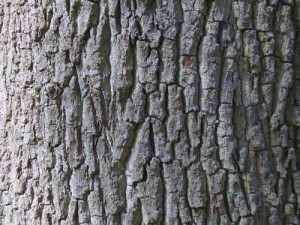Oak Bark
Biological Name: Quercus robur
Family: Fagaceae
Other Names: Oak Bark
Elements Applied: The bark is commonly applied in herbal medicine. It is carefully taken from the twigs which are no wider than 4 inches.
Active Components:
- Tannins l5-20%, mainly gallic acid, ellagitannins, and phlobatannin.
Used For: The herb is known to treat diarrhea, relieve inflammations, and bacterial infections.
Oak Bark can be applied in any case where its astringency is needed, for instance, in hemorrhoids, dysentery, or diarrhea. Due to high content of tannins, responsible for its activity, the effect may be stronger than expected. Used as a gargle, bark decoction is beneficial for laryngitis, pharyngitis, and tonsillitis. In form of douche the herb is applied to relieve leucorrhea, while in form of enema it is used to relieve hemorrhoids. Its primary application consists in treating diarrhea, for which aim it’s applied in small quantities.
Commonly mixed with: To relieve diarrhea, it is combined with Ginger.
Preparation and Intake: In form of decoction the herb is used at a dose of one teaspoon for 200 ml of cool water, then boiled up and kept on low heat for ten to fifteen minutes. The result is consumed thrice per day.
In form of tincture the herb is applied at a dose of 1-2 ml thrice per day.
Safety: There is no data concerning the herb’s safety level. It is possible that the plant interacts with the medicine you use. Speak to your health-care provider before taking the remedy.


